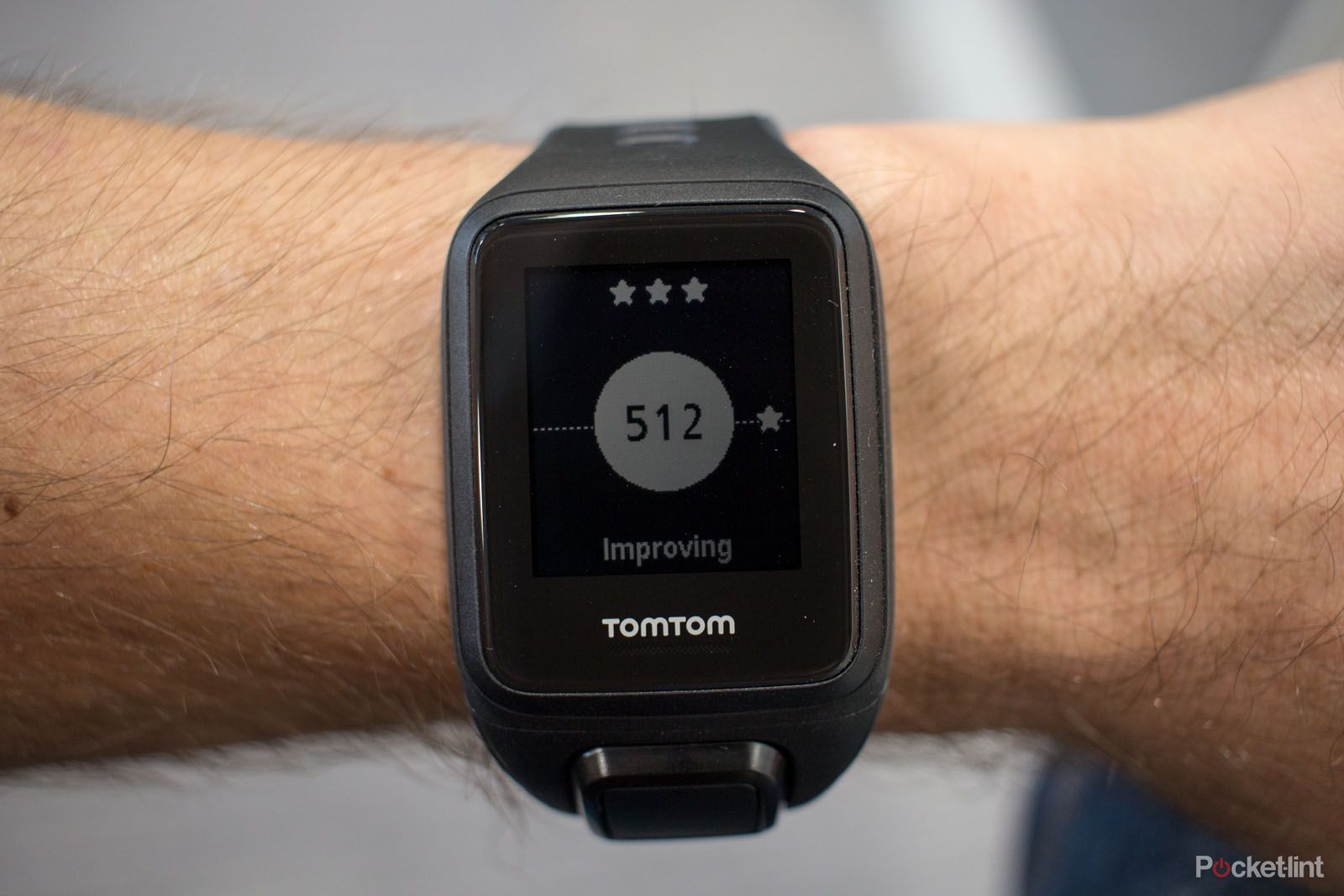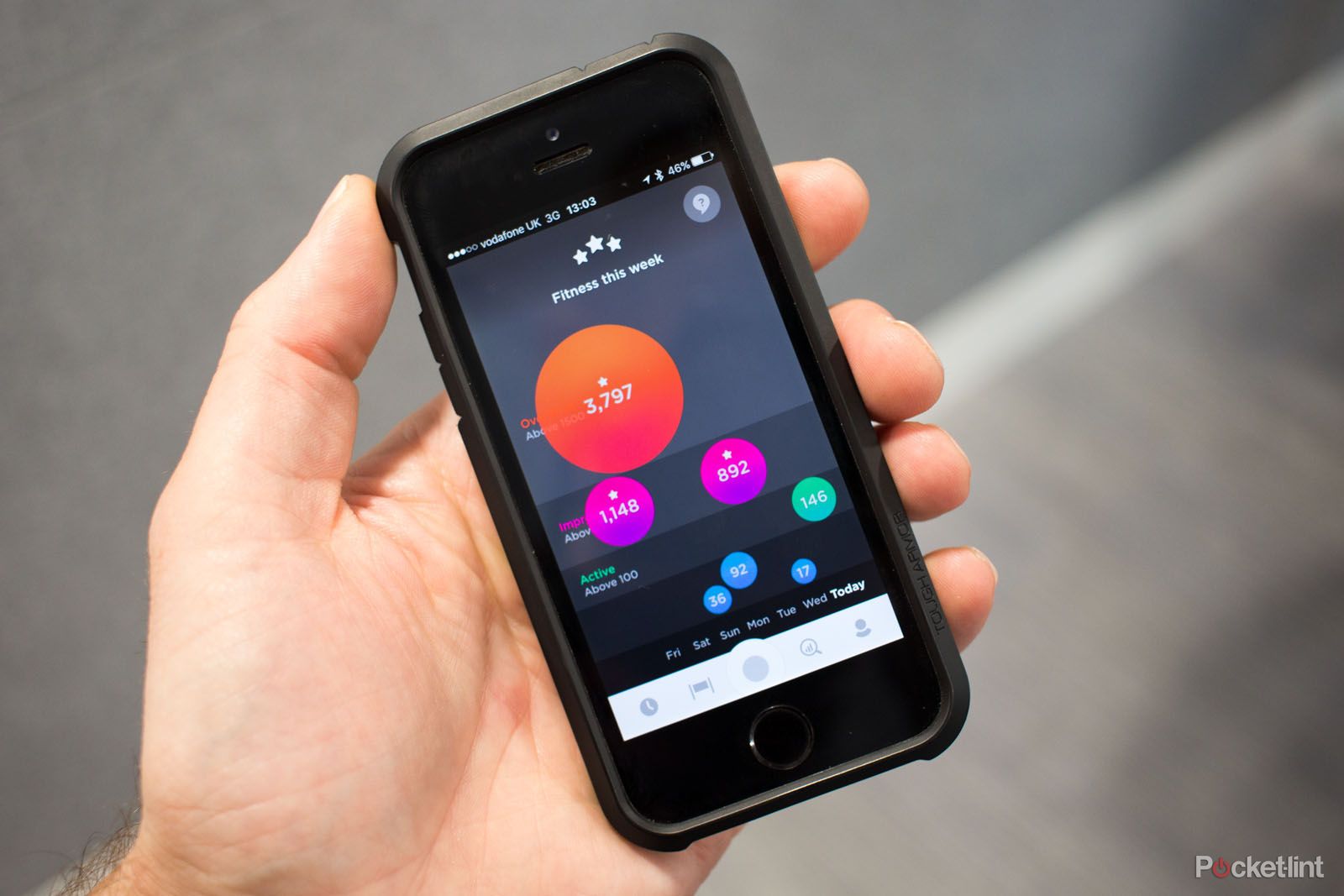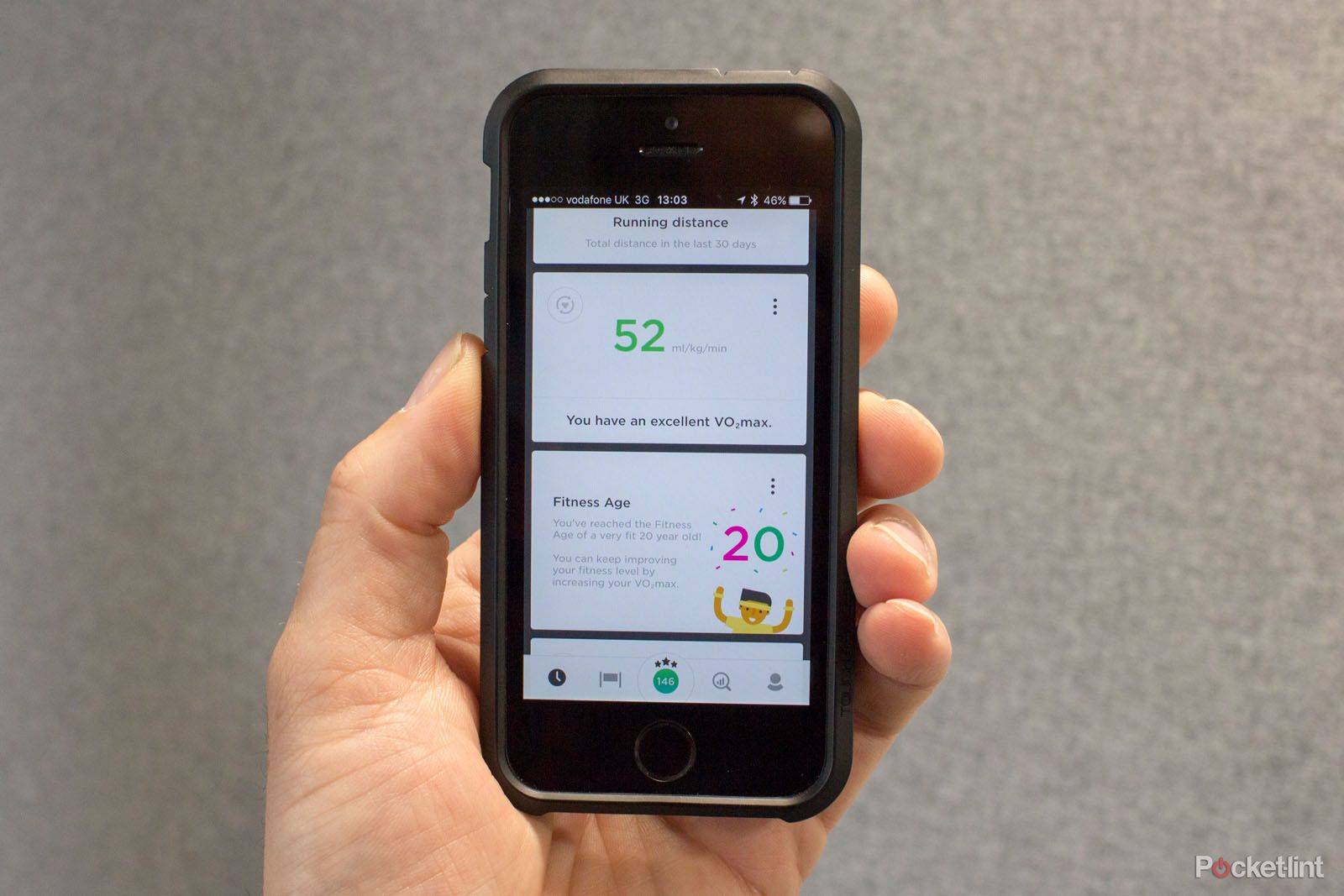Lots of people have accepted the measure of 10,000 steps as gospel: walk 10,000 steps a day and you'll be doing yourself some good. It's an arbitrary figure and while it's convenient for some, it really takes nothing about your personal circumstances into account.
TomTom, looking to find ways to motivate users of its fitness devices like the recent TomTom Spark and TomTom Runner watches, has been trying to figure out a more meaningful metric, something that adds a little fun to your pursuit of fitness, but being more meaningful than arbitrary steps.
Introducing TomTom Fitness Points
The answer is Fitness Points. Yes, it's another arbitrary measure, but the important thing that Fitness Points does for you is take into account intensity - something lacking from steps.
Fitness Points aren't standard, instead they are awarded for activity across the day. Walking up the stairs will get you some points, running up the stairs might get you more points. The concept is to take that idea of a basic level of activity as being good and transform it into something useful.
By adding intensity, Fitness Points will tell you that running 10km is better for your fitness than walking 10km, because of the increased intensity. Points are awarded and racked up across the day, with your "score" presented with balloons/bubbles, so it's easy to track your progress at a glance.
These scores aren't just meaningless, the are set against the baseline of your general fitness (garnered from your stats collected from your TomTom Sports device), so they are a score that's adapted to you.
Importantly, Fitness Points are designed to teach you which activities are better for you. Is it better to go for a 30 minute run, or will that 45 minute dog walk give you the same result?
Working to make you fitter
Turning to the specifics of how Fitness Points will actually help you, one of the changes that TomTom is making to its devices is specifically aimed at giving you some degree of coaching. If you've fallen into a rut where you run the same 5k route three times a week and seem to be stuck on a plateau, then the new workouts feature will help you.
Workouts essentially devises and facilitates interval-style workouts for you, but you get to say what you want to achieve, how long you want to workout and the intensity you fancy and it will set it up for you.
So, if you're interested in fat burning and have 45 mins, then it will guide you through the intensity of the workout you need, based on your heart rate.
Setting it up on the watch is really easy, as you just click through the menus and then you start, with a nice clear indicator telling you what you're doing. Each section of the workout brings with it new guidance, until you've finished.
This can be applied to running or cycling, and the idea is to stop things getting stale.
Intervals are tried and tested, a favourite with coaches and fitness enthusiasts and a proven method of mixing up the tempo and intensity of your workout to push you into areas you might not regularly venture - and bring about results you've so far failed to achieve.
Intervals can be complex though; although magazines, books and websites are full of advice on intervals, remembering or finding a way to note what you're supposed to be doing can be taxing. TomTom is making it simple and that's a great thing.
TomTom Fitness Age
All this is good stuff, but what's really lacking is a universal measure so you know how fit you are. This is often done through resting heart rate as a starter, or something called VO2 max for those who are sports fans.
VO2 max is a measure offered by many sports wearables these days (Garmin for example), but it's derived through an algorithm based on population data, rather than actual VO2 max testing.
TomTom will also give you this figure, letting you see what your VO2 max is, but without context, it doesn't mean much.
To help lifestyle this and make it more meaningful to more casual fitness folk, TomTom has devised Fitness Age.
The idea (again sourced from population data), is to compare your fitness - as measured by your TomTom device - and put it into the context of averages for your age. It will then award you a Fitness Age, so if you're a 35-year-old who is fit, your Fitness Age might be equivalent to that of a 22-year-old. Winning at life!
The aim is to increase your Fitness Age, by collecting Fitness Points and using these new workout features on your TomTom sports device.
Luckily, this is all software based, with changes coming to the website, TomTom Sports app and to recent devices. Those with second-gen TomTom Runner and Spork devices, along with the TomTom Adventurer, will all get a software update bringing the new features.
The roll-out of this update is scheduled for September.



